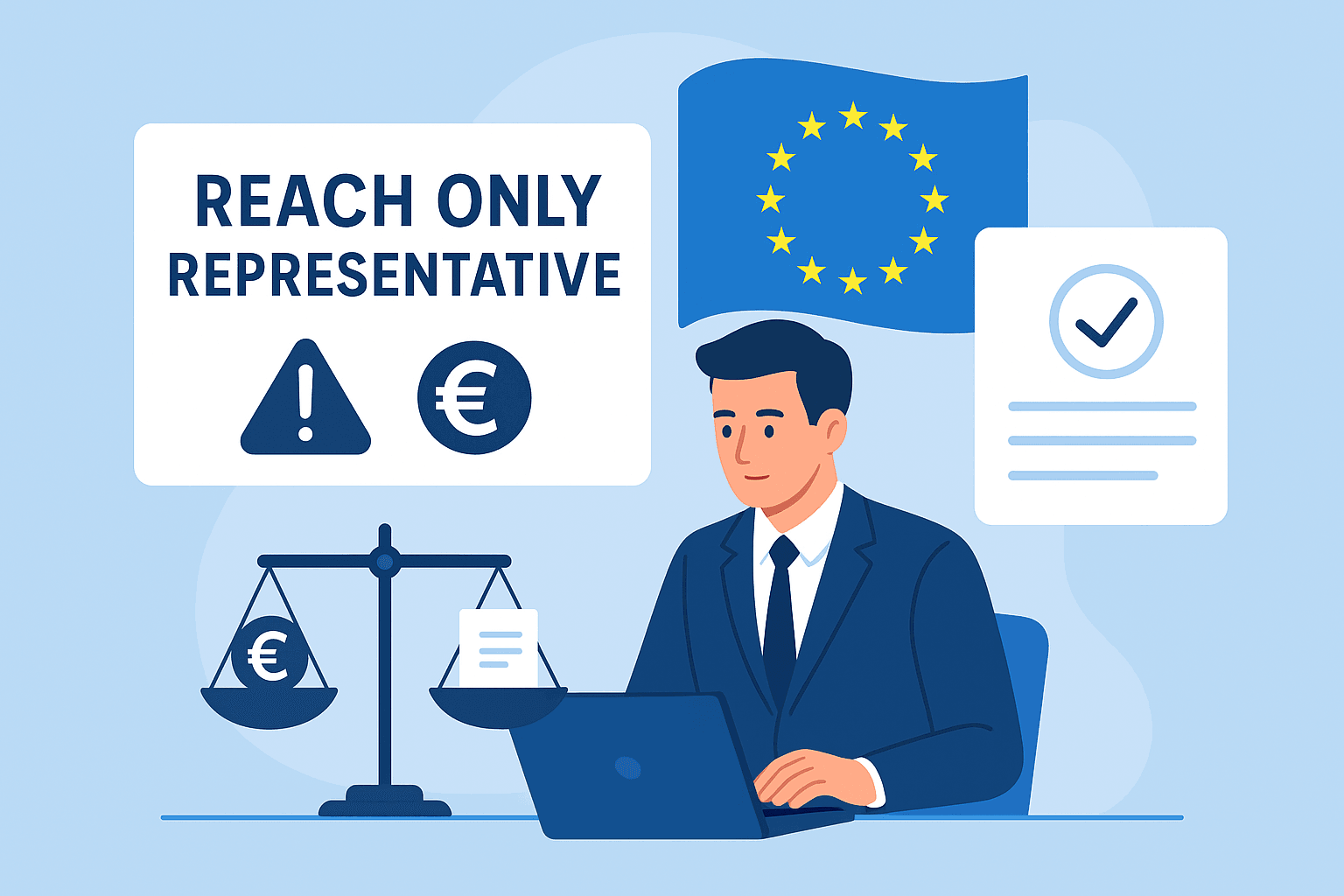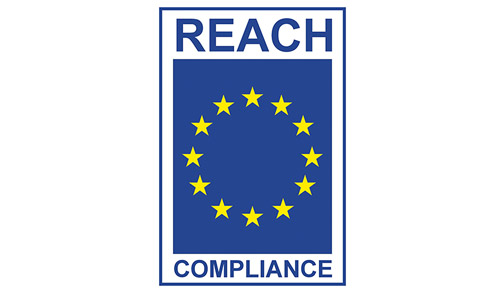Product-types in biocidal products regulation
Registering active substances and biocidal products before placing the products on the European Union (EU) market is an obligation under the Biocidal Products Regulation (EU) 528/2012.
Registering biocides in the EU is compulsory to ensure compliance with EU regulations designed to protect humans and the environment.
Fulfilling the biocidal product registration obligation helps companies rest assured that the product complies with the EU regulations and can legally be placed in the EU market.
As set out in Annex V of the Biocidal Products Regulation (BPR), the biocidal products are classified into 22 product-types (coded as PT 1, PT 2, PT 3…PT 22) and categorized into 04 main groups:
- Main group 1: Disinfectants
- Main group 2: Preservatives
- Main group 3: Pest control
- Main group 4: Other biocidal products
Understanding the product-type classification will help you select the correct options for the registration of the active substance and/or the product.
An active substance and a product can be registered for one or more product-types. It is important to note that the data requirements and authority assessment will be specific depending on the selected product-type(s). For example, the registration for product-types that are in contact with human skin may require the submission of adequate data on dermal risk assessment.
Contact our experts if you want to know more about your specific product-type and requirements for the BPR registration.


Main group 1: Disinfectants
These product-types exclude cleaning products not intended to have a biocidal effect, including washing liquids, powders, and similar products.
| Code | Product-type | Description |
|---|---|---|
| PT 1 | Human hygiene | Used for human hygiene purposes, applied on or in contact with human skin or scalps for the primary purpose of disinfecting the skin or scalp. |
| PT 2 | Disinfectants and algaecides not intended for direct application to humans or animals. | Used for the disinfection of surfaces, materials, equipment, and furniture that are not used for direct contact with food or feeding stuff. Usage areas include inter alia, swimming pools, aquariums, bathing, and other waters; air conditioning systems; and walls and floors in private, public, and industrial areas and other areas for professional activities. Used for disinfection of air, water not used for human or animal consumption, chemical toilets, waste water, hospital waste, and soil. Used as algaecides for treatment of swimming pools, aquariums, and other waters, and for remedial treatment of construction materials. Used for being incorporated in textiles, tissues, masks, paints, and other articles or materials with the purpose of producing treated articles with disinfecting properties. |
| PT 3 | Veterinary hygiene | Used for the disinfection of equipment, containers, consumption utensils, surfaces, or pipework associated with the production, transport, storage, or consumption of food or feed (including drinking water) for humans and animals. Used to impregnate materials that might enter into contact with food. |
| PT 4 | Food and feed area | Used for the disinfection of equipment, containers, consumption utensils, surfaces, or pipework associated with the production, transport, storage, or consumption of food or feed (including drinking water) for humans and animals. Used to impregnate materials that might enter into contact with food. |
| PT 5 | Drinking water | Used to be incorporated into materials that might enter into contact with food. |
Main group 2: Preservatives
Unless otherwise stated, these product-types include only products to prevent microbial and algal development.
| Code | Product-type | Description |
|---|---|---|
| PT 6 | Preservatives for products during storage | Used for the preservation of manufactured products, other than foodstuffs, feeding stuffs, cosmetics, medicinal products, or medical devices by controlling microbial deterioration to ensure their shelf life. Used as preservatives for storage, or used as rodenticide, insecticide, or other baits. |
| PT 7 | Film preservatives | Used for the preservation of films or coatings by controlling microbial deterioration or algal growth in order to protect the initial properties of the surface of materials or objects such as paints, plastics, sealants, wall adhesives, binders, papers, and artworks. |
| PT 8 | Wood preservatives | Used for the preservation of wood, from and including the saw-mill stage, or wood products by controlling wood-destroying or wood-disfiguring organisms, including insects. This product type includes both preventive and curative products. |
| PT 9 | Fibre, leather, rubber, and polymerized materials preservatives | Used for the preservation of fibrous or polymerized materials, such as leather, rubber, paper, or textile products by controlling microbiological deterioration. This product-type includes biocidal products that antagonize the settlement of micro-organisms on the surface of materials and therefore hamper or prevent the development of odour and/or offer other kinds of benefits. |
| PT 10 | Construction material preservatives | Used for the preservation of masonry, composite materials, or other construction materials other than wood by controlling microbiological and algal attacks. |
| PT 11 | Preservatives for liquid-cooling and processing systems | Used for the preservation of water or other liquids used in cooling and processing systems by controlling harmful organisms such as microbes, algae, and mussels. Products used for disinfecting drinking water or water for swimming pools are not included in this product-type. |
| PT 12 | Slimicides | Used for the prevention or control of slime growth on materials, equipment, and structures, used in industrial processes, e.g. on wood and paper pulp, and porous sand strata in oil extraction. |
| PT 13 | Working or cutting fluid preservatives | Products to control microbial deterioration in fluids used for working or cutting metal, glass, or other materials. |
Main group 3: Pest control
Unless otherwise stated, these product-types include only products to prevent microbial and algal development.
| Code | Product-type | Description |
|---|---|---|
| PT 14 | Rodenticides | Used for the control of mice, rats, or other rodents, by means other than repulsion or attraction. |
| PT 15 | Avicides | Used for the control of birds, by means other than repulsion or attraction. |
| PT 16 | Molluscicides, vermicides, and products to control other invertebrates | Used for the control of mollusks, worms, and invertebrates not covered by other product types, by means other than repulsion or attraction. |
| PT 17 | Piscicides | Used for the control of fish, by means other than repulsion or attraction. |
| PT 18 | Insecticides, acaricides, and products to control other arthropods | Used for the control of arthropods (e.g. insects, arachnids, and crustaceans), by means other than repulsion or attraction. |
| PT 19 | Repellents and attractants | Used to control harmful organisms (invertebrates such as fleas, vertebrates such as birds, fish, and rodents), by repelling or attracting them, including those that are used for human or veterinary hygiene either directly on the skin or indirectly in the environment of humans or animals. |
| PT 20 | Control of other vertebrates | Used for the control of vertebrates other than those already covered by other product types of this main group, by means other than repulsion or attraction. |
Main group 4: Other biocidal products
| Code | Product-type | Description |
|---|---|---|
| PT 21 | Antifouling products | Used to control the growth and settlement of fouling organisms (microbes and higher forms of plant or animal species) on vessels, aquaculture equipment, or other structures used in water. |
| PT 22 | Embalming and taxidermist fluids | Used for the disinfection and preservation of human or animal corpses, or parts thereof. |
Under the EU Biocidal Product Regulation, the products are categorized into 04 main groups and 22 product-types. As the dossier requirements and authority assessment depend on the product-type, a thorough understanding of choosing the correct product-types is key to smooth registration. It would significantly help companies to save time and expenses.
If you’re not sure about your product-type selection, our experts can assist you with that and other questions on BPR.




